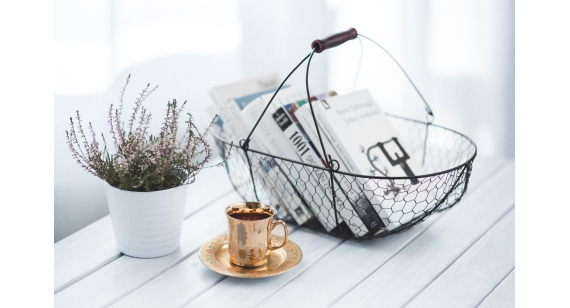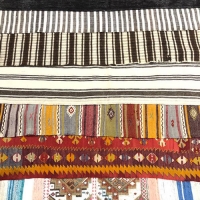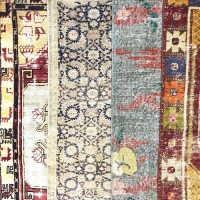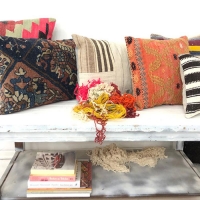
CULTURAL ITEMS IN CARPET
Hand-woven art has an important place in cultural elements. One of the most striking among them is the carpet in the handicrafts. Like all documents from historical archives, carpets reflect the social, aesthetic and economic criteria of the historical process they touched. All the features she encounters show traces of her years culturally.
In terms of hand weaving arts, the cultural geography is evaluated periodically and carpets and kilims are frequently mentioned within the scope of cultural and commercial documents.
For many years, carpets and rugs are not only perceived as a place spread but also as an artistic value. Carpets have a historical feature that attracts the most attention in traditional fabrics.
Behind this appearance of carpets, which have an artistic and cultural value, there is actually a deep cultural and historical process. It is possible to say that carpets and rugs are the documents of Anatolian ethnography and economy. The carpet, which has a very special cultural heritage of weaving aesthetics, is a written history and many things. In this direction, the main element that provides non-verbal communication in traditional weavings can be called motifs. The motifs that adorn the surfaces of carpets and kilims in the weaving are not only a shape but also the symbols of mana, which have survived from the oldest ages of the cultures to the present day, and contain valuable cultural elements. Motives, compositions and aesthetic criteria that have been going on for centuries have been transferred to carpets and kilims with important points. A lot of motifs and patterns are shaped in line with the beliefs of the society. Nowadays, the studies that have undergone little change have been brought to a certain point. It has been possible to follow these principles and aesthetic criteria in the ornamentation programs of carpets and rugs made by many societies based on the philosophy of belief.
The motifs in historical carpets and rugs were symbolized by a traditional and traditional style and transferred to weavings. The women of that period shaped the social or economic environment, joy or pain, symbolic values and shaped them in carpet and rug motifs and made them sense in various ways. Motifs have found their place as the symbolic equivalent of the event or object they have designed or intend to convey. The spirit in historical carpets and kilims is the originality of women's thoughts.



